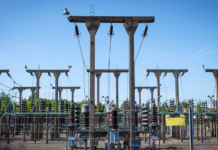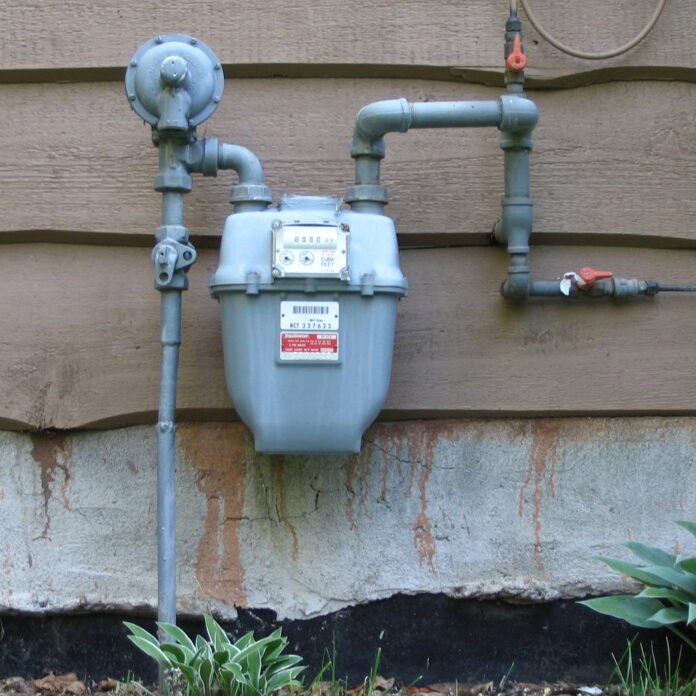The federal government is considering lifting the ban on new gas connections as a potential solution to the ongoing surplus in liquefied natural gas (LNG) supply, which is causing strain on Pakistan’s gas infrastructure and its international commitments.
According to media reports, the Ministry of Finance is evaluating this demand-side intervention, which would allow new connections for industrial and residential consumers, as more than 3.5 million applications for new gas connections are pending with Sui gas companies.
The moratorium, imposed in 2009, was partially lifted but reimposed in 2022 due to rising gas shortages.
The government is also facing a dilemma, as high electricity tariffs and the economic slowdown have forced industries to shut down their captive gas plants, while LNG infrastructure, valued at over $7 billion, remains underused.
The original agreements for LNG supply mandated that power plants use a significant portion of imported LNG, but due to underutilisation, circular debt has shifted from the power sector to the petroleum sector, affecting upstream and downstream stakeholders.
To manage the LNG surplus, Pakistan has curtailed domestic gas production by 300 million cubic feet per day (mmcfd), a move that has resulted in significant losses for local producers and put pressure on future gas exploration. Additionally, several LNG cargoes from Qatar are surplus, and five cargoes from last winter still need to be rescheduled.
The government is proposing a new strategy to allocate domestic gas exclusively to residential consumers and use imported LNG for industrial, power, and fertilizer sectors.
This would be combined with a revision of the weighted average cost of gas (WACOG) to introduce a uniform pricing model for local and imported gas.
As the government faces increasing pressure to address the gas supply issues, a 50% hike in fixed gas charges and up to a 17% increase in per-unit rates for industrial, power, and bulk users has been announced. This adjustment is aimed at addressing the revenue shortfalls of gas utilities, with a projected financial burden of Rs85 billion for FY2025-26.
Additionally, the imposition of a captive levy on industrial gas users has led to a significant drop in demand, further distorting the market.

























While relaxation of ban on gas meters is welcome, increase in charges is certainly not. The government should instead eliminate gas theft and free use of gas by certain individuals and entities. This is exactly what needs to be done in power sector.